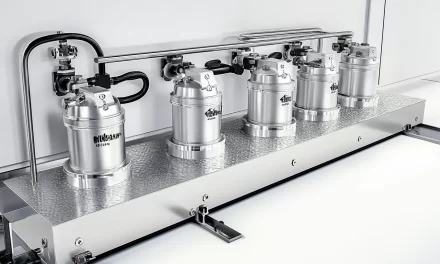In flexographic printing, precision is key to producing high-quality results, especially when printing on a wide variety of substrates like film, paper, and foil. A critical aspect of achieving this precision is tension control systems. Whether you’re running a high-speed production line or dealing with delicate substrates, a well-calibrated tension control system ensures smooth operation, reduced waste, and consistent print quality.
As the demand for complex, multi-color packaging continues to grow, tension control has become an indispensable element of modern flexographic printing presses. In this article, we’ll explore what tension control systems are, how they function, and why they are crucial for maintaining the efficiency and quality of your printing operations.
What Are Tension Control Systems?
A tension control system in flexographic printing is responsible for managing the tension of the substrate—whether it’s a roll of plastic film, paper, or another flexible material—as it moves through the various stages of the press. Proper tension ensures that the substrate remains flat, aligned, and stable during the printing process, avoiding issues like wrinkling, misalignment, or stretching, which can negatively impact print quality.
Tension control systems typically include a combination of mechanical and electronic components, such as sensors, brakes, and controllers, all working together to monitor and adjust the tension in real time. These systems are essential for flexographic presses, especially when handling substrates that are prone to deformation or when high-speed, multi-color printing is involved.
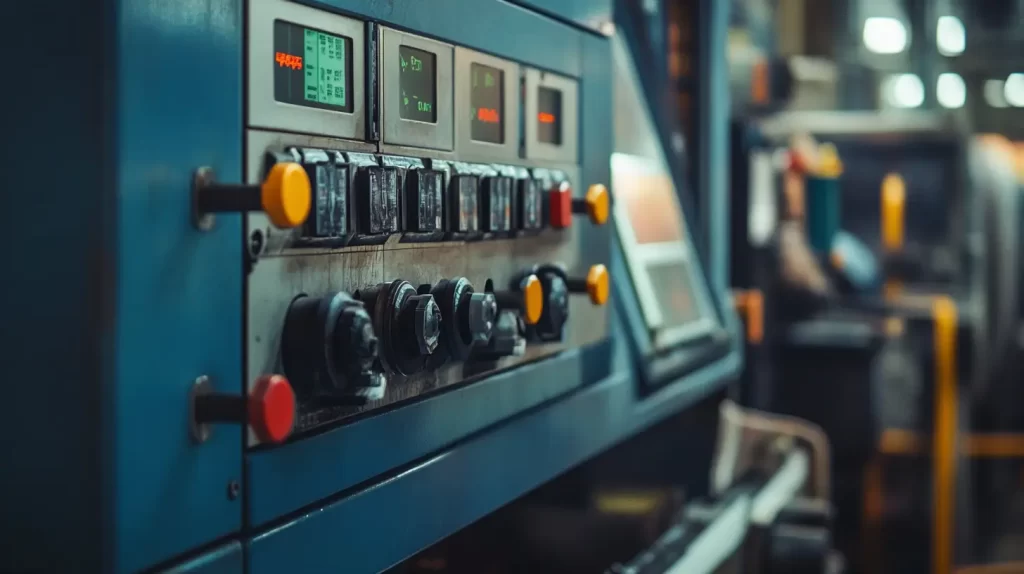
Key Components of Tension Control Systems
Understanding the components that make up a tension control system can help in appreciating how these systems maintain stability and quality throughout the flexographic printing process. Some of the critical components include:
1. Load Cells:
Load cells are sensors that measure the force exerted by the substrate as it passes through different stages of the press. These measurements are used to monitor the tension and ensure that it remains within the optimal range. If the tension falls outside this range, adjustments are made automatically.
2. Dancer Rolls:
Dancer rolls are floating rollers that respond to tension changes in the substrate. They provide feedback to the tension control system by moving up or down, depending on the slack or tightness of the material. This motion is used to adjust the brake or motor that controls the substrate’s speed and tension.
3. Brakes and Clutches:
These mechanical components are responsible for applying the necessary force to maintain consistent tension. Brakes slow down the unwinding of the substrate, while clutches allow for controlled movement of the material as it moves through the press. Both are key in preventing slack or excessive tension.
4. Tension Controllers:
The tension controller is the brain of the system. It processes data from load cells, dancer rolls, and other sensors to calculate the appropriate tension. It then sends signals to the brakes, clutches, or motors to adjust the tension accordingly. Modern tension controllers often feature digital interfaces that allow operators to input precise tension parameters.
5. Web Guides:
Web guides help keep the substrate aligned as it travels through the press. They work in conjunction with tension control systems to ensure that the material stays in the correct position, preventing lateral movement that could lead to print misalignment.
The Importance of Tension Control in Flexographic Printing
Tension control is not just about keeping the substrate moving smoothly through the press; it plays a vital role in nearly every aspect of the printing process. Here are several reasons why tension control is essential for flexographic printing:
1. Maintaining Print Quality
The most obvious benefit of effective tension control is the ability to maintain consistent print quality. Without proper tension, the substrate can shift or stretch, leading to distorted images, blurry text, or uneven color application. Tension control systems ensure that the substrate remains stable and flat throughout the process, resulting in crisp, precise prints.
2. Minimizing Waste
Poor tension control can lead to substrate wrinkling, tearing, or misalignment, which often results in wasted materials. Tension-related issues can cause entire rolls of substrate to be scrapped, adding unnecessary costs to the production process. By maintaining optimal tension, these systems help reduce waste and increase overall efficiency.
3. Supporting High-Speed Printing
As the demand for faster production times grows, flexographic presses are increasingly running at high speeds. However, without adequate tension control, high-speed operations can lead to more frequent substrate issues, such as slack or breaks. Tension control systems allow presses to run at maximum speeds without sacrificing quality or risking damage to the substrate.
4. Ensuring Consistency Across Substrates
Different substrates have varying tension requirements. For example, thin films are much more sensitive to tension than thicker paperboard. Tension control systems can be adjusted to accommodate the specific needs of each substrate, ensuring consistent quality across different materials. This versatility is especially valuable for printers that handle a variety of packaging types.
5. Enhancing Multi-Color Registration
In flexographic printing, achieving precise color registration is crucial, especially when printing intricate designs or multi-color graphics. Improper tension can lead to misalignment between colors, creating blurry or off-register prints. Tension control systems help maintain the proper alignment of the substrate as it passes through each color station, ensuring perfect registration and vibrant, accurate color output.
Types of Tension Control Systems
There are several types of tension control systems used in flexographic printing, each suited to different applications depending on the press design and substrate requirements. The three most common systems are:
1. Open-Loop Tension Control
In an open-loop system, the tension is controlled based on preset parameters rather than real-time feedback. The system typically uses a brake or clutch to regulate the unwind or rewind speed. While less expensive, open-loop systems are less precise because they do not adjust for changes in substrate behavior during the print run.
2. Closed-Loop Tension Control
Closed-loop systems are more advanced, utilizing real-time feedback from load cells, dancer rolls, or other sensors to continuously adjust the tension. These systems are highly precise and are ideal for applications that require tight control, such as high-speed printing or working with delicate substrates. Closed-loop systems automatically compensate for changes in the substrate’s tension, reducing the need for operator intervention.
3. Manual Tension Control
In manual systems, the operator is responsible for adjusting the tension by controlling the brake, clutch, or motor speed. While this method offers more control, it is labor-intensive and prone to human error. Manual tension control is typically used in smaller, less automated presses or in situations where highly customized tension adjustments are needed.
How Tension Control Impacts Flexographic Press Efficiency
Tension control systems are a critical factor in maximizing the efficiency of flexographic presses. Here’s how proper tension management contributes to a smoother, more productive operation:
1. Reduced Downtime
Frequent adjustments, material breaks, and alignment issues caused by poor tension can lead to significant downtime. A well-calibrated tension control system minimizes these interruptions, allowing for longer, uninterrupted print runs and reducing the time spent on manual adjustments or reel changes.
2. Faster Setup Times
Advanced tension control systems can store preset tension parameters for different substrates and print jobs. This capability reduces setup times between runs, allowing operators to quickly switch between different materials without needing to recalibrate the system each time.
3. Increased Throughput
When tension is controlled correctly, presses can run at higher speeds without risking damage to the substrate or print quality. This increase in speed translates to higher output, allowing printers to meet tight production deadlines and boost overall profitability.
4. Extended Substrate Versatility
Tension control systems enable flexographic presses to handle a broader range of substrates, from lightweight films to thick corrugated board. By fine-tuning tension to suit each material, printers can expand their capabilities and take on a wider variety of jobs without compromising on quality.
Best Practices for Maintaining Tension Control Systems
To ensure that your tension control system performs optimally and maintains the quality of your flexographic printing operations, follow these best practices:
1. Regular Calibration
Over time, tension sensors and controllers may drift from their original settings. Regular calibration ensures that these components continue to provide accurate readings and maintain proper tension levels.
2. Routine Inspections
Inspect mechanical components like brakes, clutches, and dancer rolls for wear and tear. Replacing worn parts before they fail can prevent tension issues that could lead to wasted materials or downtime.
3. Monitor Real-Time Data
For closed-loop systems, take advantage of the data provided by tension sensors to monitor performance during each print run. Sudden changes in tension readings can indicate potential issues with the substrate, rollers, or press settings.
4. Train Operators
Even the best tension control systems require skilled operators to ensure that the correct settings are applied for each job. Invest in ongoing training to keep your team up-to-date on the latest tension control techniques and best practices.
Conclusion
Tension control systems are essential for maintaining precision, reducing waste, and ensuring high-quality output in flexographic printing. Whether you’re working with delicate films or high-speed production lines, an effective tension control system keeps substrates stable and aligned, allowing for faster, more efficient, and more reliable print runs.
As technology in flexographic printing continues to evolve, tension control systems are becoming more advanced, offering greater accuracy, versatility, and automation. By investing in the right tension control solution for your press, you can enhance the quality of your prints, reduce waste, and boost overall productivity.
FAQs
What is a tension control system in flexography?
A tension control system manages the tension of the substrate as it moves through a flexographic press, ensuring that the material remains stable and aligned for high-quality printing.
Why is tension control important in flexographic printing?
Proper tension control prevents substrate issues like wrinkling, stretching, or misalignment, which can negatively impact print quality and lead to wasted materials.
What are the types of tension control systems used in flexographic printing?
The three main types of tension control systems are open-loop, closed-loop, and manual. Closed-loop systems offer the highest precision by using real-time feedback to adjust tension automatically.
How does tension control improve color registration in multi-color printing?
Tension control systems keep the substrate stable as it passes through each color station, preventing movement that could lead to misaligned colors or blurry prints.
What components are used in tension control systems?
Key components include load cells, dancer rolls, brakes, clutches, tension controllers, and web guides, all of which work together to monitor and adjust the tension of the substrate.
How often should tension control systems be calibrated?
Regular calibration is recommended to ensure that sensors and controllers provide accurate readings. The frequency of calibration depends on the specific system and the demands of the printing operation.


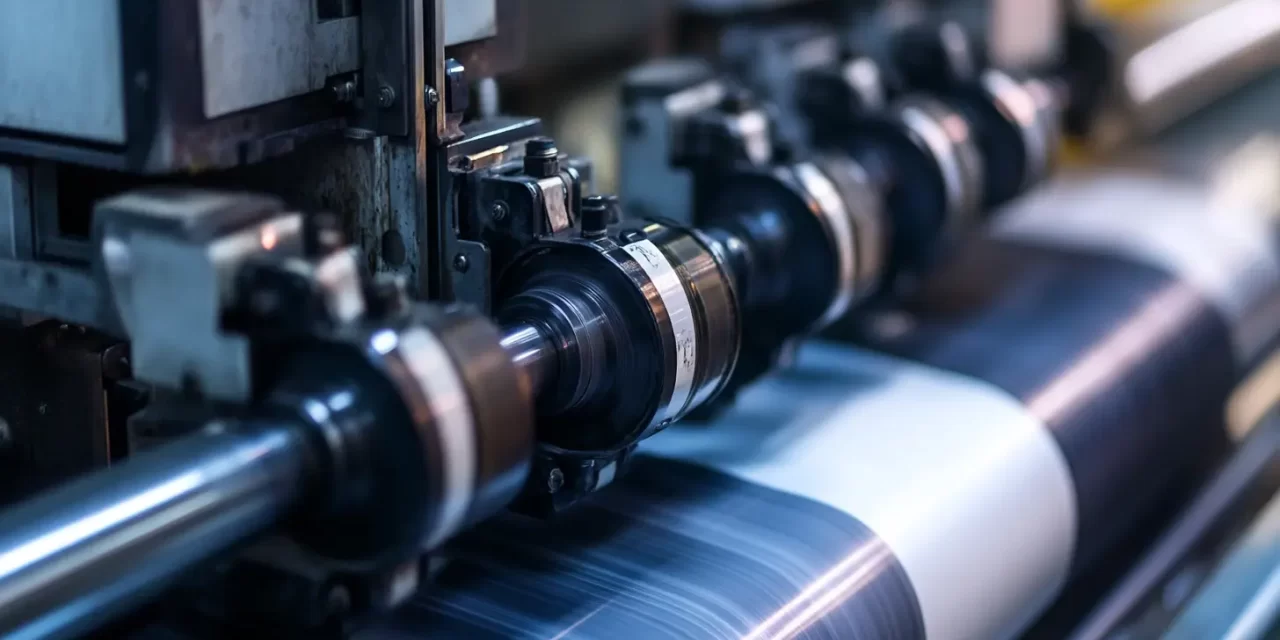
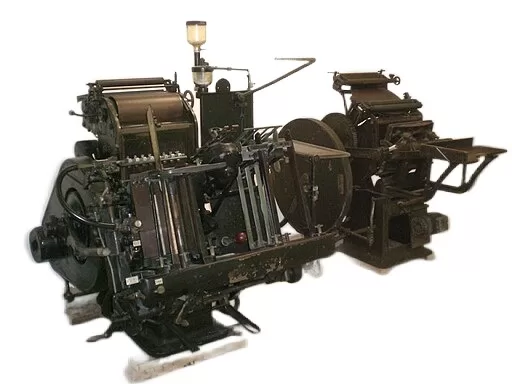
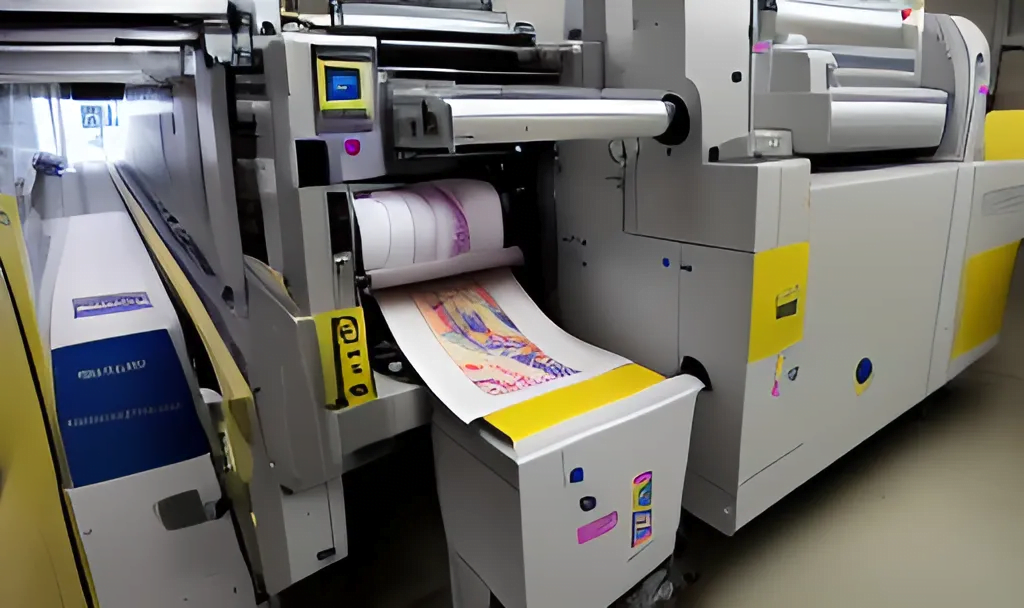
![[Flexo Flaw Fixing] Dirty Print](https://flexopedia.net/wp-content/uploads/2022/08/dirty_print.jpeg)
